BAD BLOOD

Those who now identified as victims of one of the most atrocious experiments on humans did not know is that from 1932 to 1972 the aforementioned institutions established groups of studies on Syphilis for which two groups were taken, one of 399 people to be infected and another of 201 healthy people as a control group. The central objective of the research was to check if syphilis could cause damage to the cardiovascular system before the nervous system, as well as the influence of race (black and white) on the development of the disease. At no time were the patients of the infected group informed of the real illness they had and when they showed up for routine check-ups supervised by the doctors of the program, they were only told that it was because they had "bad blood."
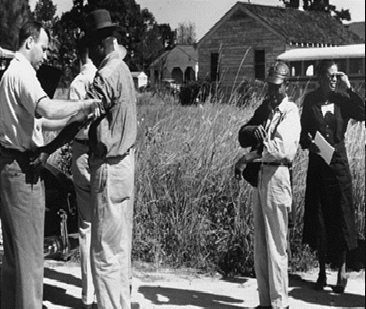
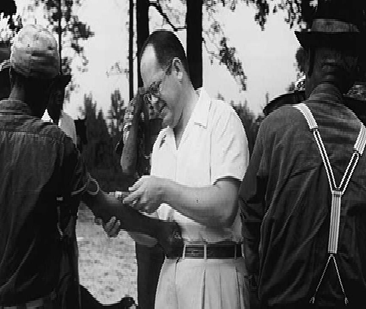
Syphilis is an infectious disease of chronic course, transmitted mainly by sexual contact and presumably originated in the new world and transferred to the old world from the post-Columbian cultural exchange. Produced by the spirochete Treponema pallidum, subspecies pallidum. Its clinical manifestations are of fluctuating intensity, appearing and disappearing in the different stages of the disease and generally include ulcers in the sexual organs and red spots in the body at the end of its evolution, producing lesions in the nervous system and in the circulatory system.
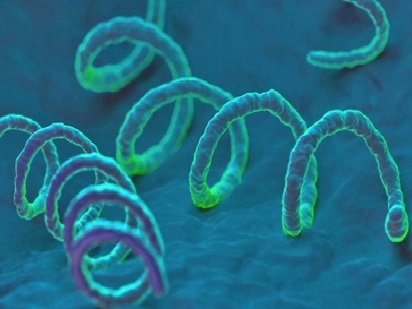
After an incubation period that usually lasts between two and six weeks, syphilis goes through four clinical stages of not very clear limits: primary, secondary, latent and tertiary. In the primary stage, there is a generally painless ulcer called chancre that usually heals spontaneously in a few weeks and is the stage of highest rate of infection of the unprotected sex partners of the infected individual. In the secondary stage, there are symptoms of headache, low fever and painless pink papules known as syphilitic nails on the back, palms of the hands and soles of the feet, and confluent verrucous lesions near the place where the chancre was formed. The latent stage is characterized by a positive serology without symptoms or signs. It is divided into two parts: early latent syphilis and late latent syphilis, depending on whether the time of presence of the disease is less than or greater than two years, respectively. In the tertiary or final stage, which occurs between one and twenty years after the onset of infection, syphilis is reactivated to directly attack the nervous system or an organ. In this phase, the most serious problems occur and can lead to death. Some of the problems are: eye disorders, heart disease, brain injuries, spinal cord injuries and loss of limb coordination, syphilitic gummas, among other symptoms.
Other complications of syphilis, is the babies of infected women, which can be infected by the placenta or during birth. Most newborns with congenital syphilis have no symptoms, although in some cases a rash may occur on the palms of the hands and the soles of the feet. Later symptoms include deafness, deformities in the teeth and nose. Although a treatment with penicillin can kill the bacteria, the damage that has done in the body could be irreversible.
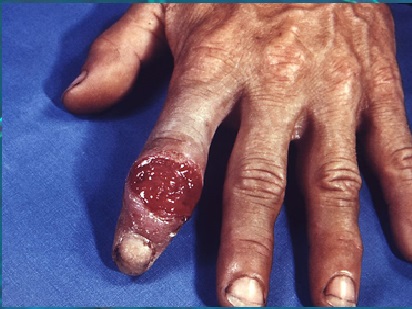
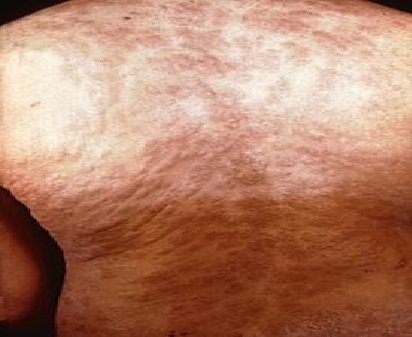
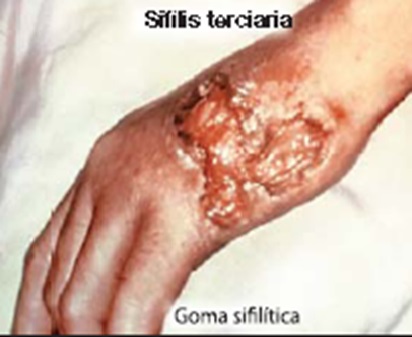
Although initially it was considered to treat them with arsenic, bismuth and mercury, the researchers found no reliable results, they were simply satisfied with recording the evolution of the cases and leaving the normal development of the disease in the patients, this despite the discovery of penicillin and the finding of its specific action for the treatment and cure of syphilis.
Among the worst consequences of the experiment are: a) 28 deaths from syphilis, b) more than 100 of the 399 patients died as a result of pathologies associated with the third phase of the disease, mainly due to extremely painful cutaneous ulcers, c ) 40 women were infected and d) 19 children were born with congenital syphilis.
The experiment reaches its end, after the article presented by the Washington Star at the end of 1972, in which the unethical procedures of the experiment were revealed, causing it to be immediately interrupted. Likewise, some of the survivors and relatives of the victims took legal action obtaining a collective indemnification of ten million dollars. Other consequences were the formal and public apology of President William (Bill) Clinton in 1997 (president from 1993 to 2001) and the approval by the United States Congress of a National Law regulating human experiments. In 1997 was presented the film Miss Evers'boys / The Tuskegee experiment directed by Joseph Sargent and with the performances of Alfre Woodard (Luke Cage -2016-, Captain America: Civil War -2017-, Annabelle - 2014- and 12 years of Slavery -2013) and Laurence Fishburne (Passenger -2016-, Man of Steel -2013-, The Matrix Revolutions -2003-, The Matrix Reloaded -2003-, The Matrix 1999).



Conclusion
This story was presented with the purpose of exposing as throughout its history, the desire to generate progress in scientific knowledge have been carried out experiments and research in human beings generally with poor subjects, who violate basic principles of ethics and impress by their cruelty.
Bibliography
"Tuskegee Syphilis Study", in the New Encyclopedia Britannica.
Until another article, I hope you liked it, if that was the vote and follow me @ davidg83